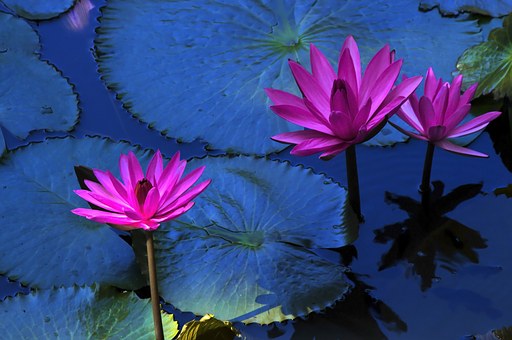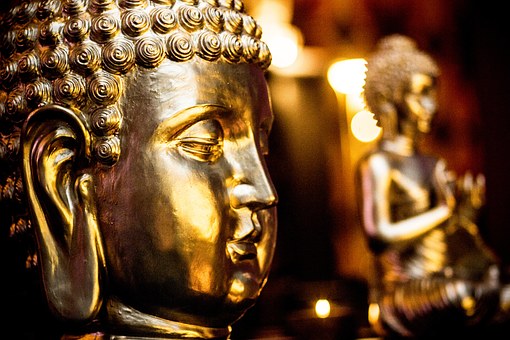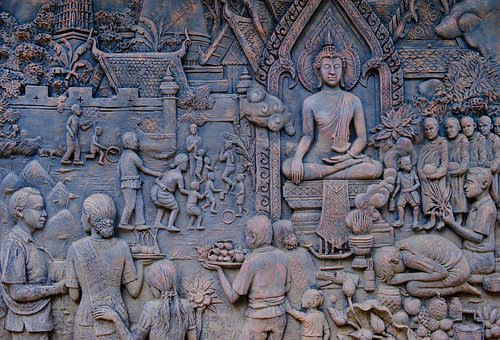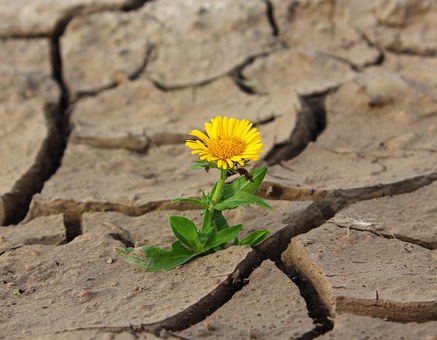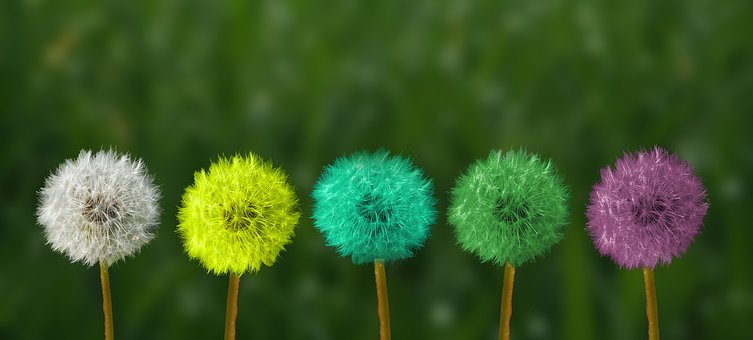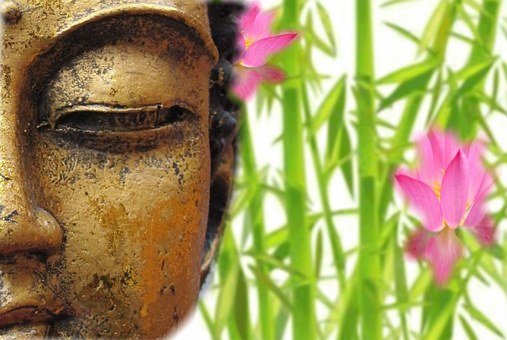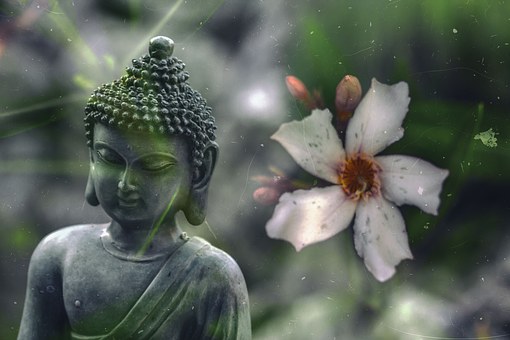Most Buddhists accept that presently we are just ordinary sentient beings, not yet awakened; the world is, exactly as we see it, defiled and impure; afflictions are bad and always the opposite of enlightenment. Nevertheless, through long-term practice of the Buddhadharma, the impure can be transformed into the pure, the mundane world into pure land, afflictions into the wisdom of the buddha, an ordinary person into a bodhisattva of the first bhumi, then the second bhumi, the third ...., and finally a buddha.
~ Depicted from GATEWAY TO THE VAJRAYANA PATH : A Compendium of the Vajrayana


